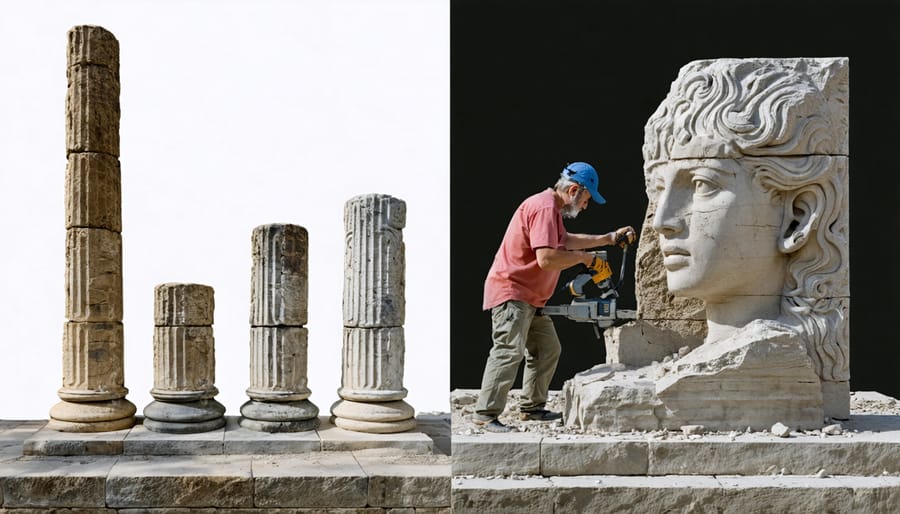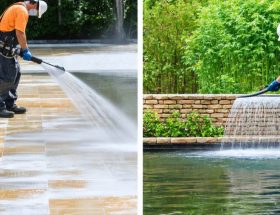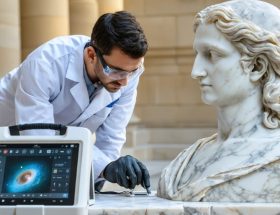Material culture studies revolutionizes our understanding of human societies by examining the profound relationship between people and their physical objects. This interdisciplinary field reveals how everyday items – from ancient artifacts to modern consumer goods – shape and reflect cultural values, social structures, and human behavior. Through the lens of material culture, scholars decode the complex web of meanings embedded in objects, including crucial aspects of stone preservation ethics and architectural heritage.
By analyzing the physical attributes, production methods, usage patterns, and symbolic significance of material objects, researchers uncover valuable insights into historical practices, technological advancement, and cultural evolution. This approach proves particularly vital in understanding how different societies value and preserve their architectural heritage, influencing modern conservation strategies and cultural resource management.
The field’s significance extends beyond academic research, directly impacting how we approach preservation, restoration, and cultural heritage management in contemporary society. Through material culture studies, professionals develop more nuanced, culturally sensitive approaches to conservation, ensuring that preservation efforts honor both the physical integrity of artifacts and their cultural significance.
Understanding Material Culture in Stone Preservation
Cultural Significance of Stone Materials
Stone materials have played a pivotal role in shaping human civilization, with different cultures attributing unique meanings and significance to these enduring materials. Ancient civilizations like the Egyptians viewed granite as a symbol of eternity, using it extensively in their monuments and royal tombs. Similarly, the Inca civilization demonstrated extraordinary reverence for stone, creating precisely fitted structures without mortar that reflected their spiritual connection to the natural world.
In many Asian cultures, stone gardens represent harmony with nature and spiritual contemplation, while European medieval builders saw stone cathedrals as physical manifestations of divine presence. Indigenous cultures often regard specific stone formations as sacred sites, connecting their communities to ancestral spirits and traditional stories.
Modern societies continue to associate stone with permanence, stability, and prestige. This cultural value influences contemporary architecture and design, where natural stone remains a preferred material for significant buildings and monuments. The interpretation of stone artifacts also provides archaeologists with crucial insights into ancient technological capabilities, trade networks, and social hierarchies, making these materials invaluable for understanding human cultural evolution.
Historical Context and Modern Preservation
Material culture studies have evolved significantly since their inception in the early 20th century. Initially focused on artifact collection and basic documentation, the field has transformed into a sophisticated discipline that combines traditional preservation methods with modern technological approaches. Museums and cultural institutions worldwide have shifted from merely storing artifacts to implementing comprehensive conservation strategies that consider both physical preservation and cultural context.
The digital age has revolutionized how we document and preserve material culture. 3D scanning, digital archiving, and virtual reality technologies now allow for detailed recording and analysis of artifacts without risking physical damage. These advancements have made historical objects more accessible to researchers and the public while ensuring their long-term preservation.
Contemporary preservation practices increasingly emphasize the importance of indigenous knowledge and local community involvement. This shift reflects a growing understanding that successful preservation requires balancing scientific conservation methods with traditional cultural practices. Modern preservationists now routinely collaborate with source communities to develop appropriate conservation strategies that respect both the physical object and its cultural significance.
This evolving approach has led to more sustainable and culturally sensitive preservation methods, ensuring that material culture remains relevant and meaningful for future generations.
Ethical Considerations in Stone Conservation
Authenticity vs. Restoration
In material culture studies, one of the most challenging debates centers on balancing historical authenticity with necessary restoration work. As cultural artifacts face weathering and erosion effects, preservationists must make crucial decisions about intervention levels.
The authenticity perspective emphasizes maintaining an object’s original state, including signs of age and wear that tell its story. This approach values historical integrity and argues that excessive restoration can diminish an artifact’s cultural significance. For example, ancient stone structures with visible wear patterns provide valuable insights into historical usage and environmental conditions.
However, restoration advocates argue that controlled intervention is essential for preserving cultural heritage for future generations. Without appropriate restoration, many significant artifacts would deteriorate beyond recognition. Modern preservation techniques can stabilize deteriorating materials while documenting and respecting original features.
The current best practice typically seeks a middle ground, emphasizing minimal intervention while preventing further damage. This approach, known as “conservative restoration,” involves:
– Detailed documentation of existing conditions
– Use of reversible restoration techniques
– Preservation of original materials whenever possible
– Clear distinction between original and restored elements
– Regular monitoring and maintenance
This balanced methodology helps maintain both the physical integrity and historical authenticity of cultural artifacts, ensuring their continued relevance for study and appreciation.
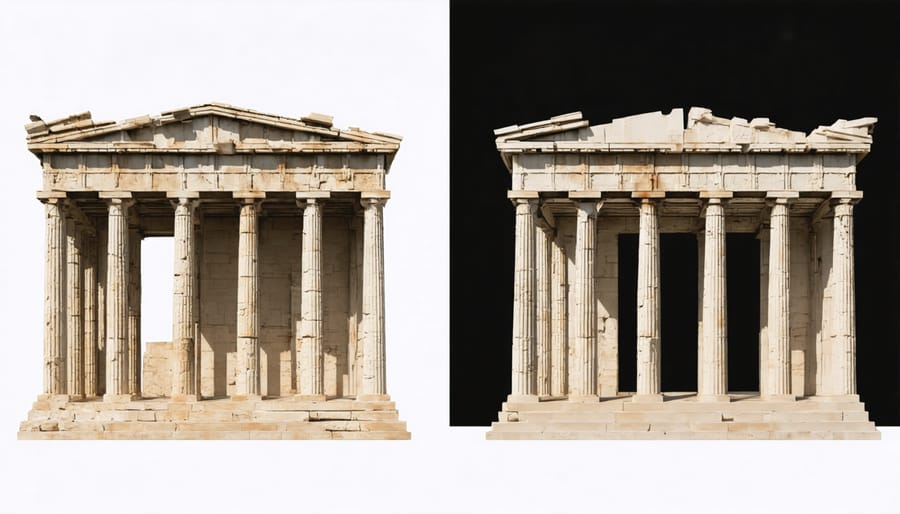
Cultural Ownership and Preservation Rights
The question of who has the right to make decisions about cultural material preservation remains a complex and often contentious issue in material culture studies. Indigenous communities, museums, governments, and private collectors frequently find themselves navigating competing claims of ownership and stewardship responsibilities.
Traditional knowledge holders and descendant communities increasingly assert their rights to determine how their cultural materials should be preserved and displayed. This shift represents a significant departure from historical practices where Western institutions typically made unilateral decisions about artifact preservation and presentation.
Many countries have implemented legislation recognizing indigenous peoples’ rights to their cultural heritage. For example, the Native American Graves Protection and Repatriation Act (NAGPRA) in the United States establishes a framework for returning cultural items to their original communities. Similar initiatives exist worldwide, acknowledging that preservation decisions should involve those with direct cultural connections to the artifacts.
Modern preservation approaches increasingly emphasize collaborative decision-making models. These partnerships between institutions and source communities help ensure that preservation methods respect both scientific conservation principles and cultural protocols. This collaborative approach often leads to more nuanced preservation strategies that consider both physical conservation needs and cultural significance.
Digital preservation technologies have introduced new questions about access rights and cultural ownership. While digitization can help preserve and share cultural heritage, it also raises concerns about intellectual property rights and appropriate usage of sacred or sensitive materials.
Modern Preservation Techniques Through a Cultural Lens
Traditional vs. Contemporary Methods
The preservation of material culture has evolved significantly over time, reflecting changes in both technology and cultural understanding. Traditional methods often relied on hands-on craftsmanship, utilizing time-tested techniques passed down through generations. These approaches emphasized natural materials and manual restoration processes, such as hand-cleaning, traditional mortars, and organic protective coatings.
In contrast, modern conservation techniques incorporate scientific analysis and precision tools. Today’s conservators use advanced imaging technology, chemical analysis, and sophisticated cleaning methods to better understand and preserve artifacts. These technological preservation approaches allow for more accurate documentation, preventive conservation, and minimal intervention strategies.
While traditional methods often excel in maintaining authenticity and cultural significance, contemporary approaches offer enhanced precision and measurable results. The integration of both methodologies has become increasingly common, with conservators selecting the most appropriate techniques based on specific preservation needs. This balanced approach ensures that cultural heritage is preserved while benefiting from modern scientific advances.
Success in material culture preservation now requires understanding both traditional wisdom and contemporary innovations. This combination helps maintain the integrity of cultural artifacts while ensuring their longevity for future generations.
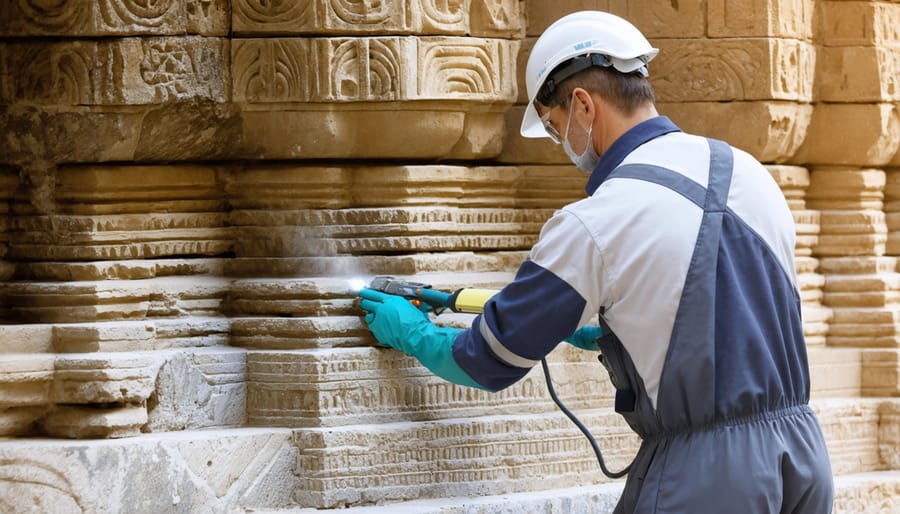
Cultural Sensitivity in Preservation Planning
Cultural sensitivity in preservation planning requires a thoughtful approach that respects and honors the original context and meaning of material artifacts. When developing preservation strategies, it’s essential to engage with the communities who created or hold cultural connections to these objects, ensuring their perspectives and traditions are incorporated into conservation decisions.
Successful preservation plans often begin with comprehensive consultation processes, involving cultural leaders, traditional craftspeople, and community representatives. These discussions help establish appropriate handling protocols, storage conditions, and treatment methods that align with cultural beliefs and practices.
Key considerations include:
– Understanding sacred or ceremonial significance
– Respecting traditional maintenance practices
– Recognizing cultural restrictions on object handling
– Documenting oral histories and traditional knowledge
– Incorporating indigenous conservation methods
Modern preservation techniques should be balanced with traditional practices, creating hybrid approaches that maintain both physical integrity and cultural authenticity. For example, when preserving Native American artifacts, many institutions now combine scientific conservation methods with traditional care practices, such as smudging ceremonies or specific storage orientations.
Documentation systems should also reflect cultural perspectives, incorporating traditional naming conventions and classification systems alongside standard museum cataloging methods. This dual approach ensures that cultural context remains intact while meeting professional preservation standards.
Regular review and updates of preservation protocols, with continued community input, help maintain cultural sensitivity and relevance over time.

Case Studies in Cultural Stone Preservation
The preservation of cultural stone monuments represents one of the most challenging yet rewarding aspects of material culture conservation. Several notable projects demonstrate how modern preservation techniques can successfully protect our stone heritage while respecting cultural significance.
The restoration of Angkor Wat in Cambodia stands as a prime example of collaborative cultural preservation. Between 2000-2015, conservators faced the unique challenge of protecting sandstone structures from both environmental degradation and biological growth in a tropical climate. The project successfully implemented a combination of traditional Khmer conservation methods with modern technological solutions, including the use of specialized biocides and water management systems that respected the original hydraulic engineering of the complex.
In Italy, the conservation of the Trevi Fountain in Rome showcases how urban stone monuments can be preserved while maintaining public access. The 2014-2015 restoration project addressed both structural integrity and aesthetic concerns. Conservators utilized innovative cleaning techniques that removed decades of calcium deposits without damaging the delicate Travertine stone. They also implemented a new water recycling system that reduced mineral buildup while preserving the fountain’s iconic water features.
The Mesa Verde cliff dwellings in Colorado present a remarkable case of preserving indigenous stone architecture. Conservators worked closely with Native American representatives to develop preservation strategies that honored traditional building methods. The project employed non-invasive documentation techniques and stabilization methods that protected the sandstone structures while maintaining their archaeological integrity. This approach demonstrated how cultural sensitivity can be successfully integrated into technical conservation practices.
In India, the conservation of the Taj Mahal’s marble facade illustrates the challenges of preserving stone monuments in polluted environments. A comprehensive restoration program initiated in 2015 utilized clay pack therapy, a traditional cleaning method that proved highly effective in removing yellowing pollutant deposits without causing mechanical stress to the marble surface. This project highlighted how traditional knowledge can complement modern conservation science.
The restoration of Petra in Jordan demonstrates the importance of preventive conservation in arid environments. Conservators developed innovative water management solutions to protect the carved sandstone facades from flash floods while addressing tourism impact. The implementation of visitor management strategies and monitoring systems has significantly reduced erosion while ensuring sustainable access to this World Heritage site.
These case studies reveal common themes in successful cultural stone preservation: the integration of traditional and modern techniques, respect for cultural context, environmental adaptation, and sustainable management practices. They also emphasize the importance of collaborative approaches that bring together conservation science, cultural knowledge, and community engagement.
Material culture studies continues to evolve as our understanding of the relationship between objects and society deepens. The field’s interdisciplinary approach has proven invaluable in revealing how societies construct meaning through their material world, from everyday objects to monumental architecture. This understanding has profound implications for heritage preservation, museum curation, and contemporary design practices.
Looking ahead, emerging technologies like 3D scanning, virtual reality, and artificial intelligence are opening new avenues for studying and preserving material culture. These tools not only enhance our ability to document and analyze artifacts but also create innovative ways to engage with cultural heritage. The digital revolution is transforming how we record, interpret, and share material culture across global audiences.
The field’s future challenges include addressing issues of cultural appropriation, digital preservation ethics, and sustainable conservation practices. As societies become increasingly interconnected, questions of ownership, representation, and cultural identity become more complex. Material culture studies must continue to adapt its methodologies to address these evolving concerns while maintaining its core focus on understanding human-object relationships.
The insights gained from material culture studies remain crucial for informing policy decisions, preserving cultural heritage, and understanding contemporary consumer behavior. By examining how people interact with and attribute meaning to objects, we can better understand both our past and present while preparing for future cultural transformations.

